BFCM Conversion Tactics: Smart Bundles, Flash Sales & Scarcity Marketing
Reading Time: 13 minutesStill approaching BFCM with generic discounts, last-minute price cuts, or scattered promotions?…
Every seller, business, and brand wants to inspire a “wow, that was easy” moment from their customers — when orders arrive early, returns are hassle-free, and the wait from checkout to delivery feels effortless. But behind that seamless experience lies months of operational precision built from a BFCM checklist.
In 2025, global Black Friday–Cyber Monday (BFCM) sales are projected to exceed $240 billion, with eCommerce driving nearly two-thirds of all transactions. And yet, 83% of shoppers switch brands after one poor experience.
This is proof that reliability — not just reach — decides who wins.
That’s exactly why this BFCM Checklist 2025 exists: to help you build systems that deliver those “wow” moments. Let’s walk through every operational pillar you need to master:
By the end, you’ll have a clear, actionable roadmap to deliver BFCM operations that feel as smooth to your customers as they look on paper.
Behind every successful BFCM execution is a timeline that leaves no room for guesswork. In 2025, Black Friday falls on November 28 and Cyber Monday on December 1, with Green Monday — the season’s secondary peak — arriving on December 8. That means your BFCM operational planning timeline should ideally begin by mid-October, giving your team six to eight weeks to align every system, supplier, and support workflow.
Here’s a high-level roadmap to guide your preparation window:
| Timeline | Milestones | Operational Focus |
|---|---|---|
| Mid–October (T–60 Days) | Finalize carrier contracts, confirm warehouse staffing, and test all marketplace connections. | Identify product priorities and align forecasts with suppliers. |
| Early November (T–30 Days) | Launch internal BFCM stress tests for websites, OMS, and helpdesks. | Validate payment gateways and automation triggers. |
| Mid–November (T–15 Days) | Begin outbound communication to customers about shipping cutoffs and delivery expectations. | Finalize safety stock and review fulfillment center capacity. |
| BFCM Weekend (Nov 28–Dec 1) | Activate real-time monitoring dashboards and escalation protocols. | Manage order flow across all channels. |
| Post-BFCM (Dec 2–Dec 8) | Review fulfillment speed, returns volume, and system performance. | Prepare restocks and campaigns for Green Monday. |
Pro Tip: Approach BFCM like a relay race, not a sprint. If you’re syncing listings or managing orders across multiple marketplaces, automation and early testing through CedCommerce integrations can cut last-minute errors.
Ask yourself, how prepared is your customer service team? Great marketing brings traffic, but great support builds loyalty — especially when order volumes double overnight.
If your answer is “I’m not sure,” here’s how you can ensure your support systems, SOPs, and escalation flows are ready to handle both the surge and the stress:
Your first step is to design a flexible staffing model.
A well-structured team ensures no customer message goes unanswered, even during peak hours.
During high volume, clarity saves time.
Having SOPs documented before BFCM ensures consistent, on-brand communication across every ticket and live chat.
One unresolved query during a sale can cost a repeat customer.
Prepared agents don’t just respond faster; they resolve smarter.
Your helpdesk is the command center of BFCM support.
If you manage multi-channel operations, CedCommerce’s dashboards can centralize order visibility, giving your team instant access to order details across Amazon, Etsy, Walmart, and Shopify — all from one screen.
| Channel | Support Focus | Recommended Tools |
|---|---|---|
| Amazon | A-to-Z Guarantee, Delivery Delays, ODR Management | Amazon Messaging, CedCommerce Amazon Channel |
| Etsy | Order Customization, Dispatch Clarifications | Etsy Chat, CedCommerce Etsy Integration |
| Shopify | Returns, Order Tracking, Payment Queries | Shopify Inbox, Zendesk, CedCommerce Multichannel Dashboard |
| Walmart | Late Shipment, Cancelation, Feedback Resolution | Walmart Seller Center, CedCommerce Walmart Integration |
Pro Tip: Set your response time goals before BFCM begins — not after. Aim for under 5 minutes on chat, under 1 hour on tickets, and under 12 hours on email. During peak sale days, quick reassurance often matters more than instant resolution.
This section of your BFCM Checklist 2025 focuses on building that backbone before the first order hits.
Even the most polished marketing campaign can’t fix an out-of-stock error. A successful inventory and supply chain strategy balances forecasting precision, stock safety, warehouse optimization, and real-time visibility across every channel.
Good forecasting is equal parts math and pattern recognition.
Pro Tip: Over-forecasting by 10% is safer than understocking during BFCM.
Your BFCM warehouse preparation checklist should include safety stock buffers for unpredictable demand spikes.
| Element | Definition | Example |
|---|---|---|
| Average Daily Sales | Number of units sold per day during the last 30-day average | 500 units/day |
| Lead Time | Days required to restock after placing a purchase order | 10 days |
| Buffer | Extra 10–15% added for demand uncertainty | +15% |
| Safety Stock Formula | Safety Stock = (Average Daily Sales × Lead Time) + Buffer (10–15%) | |
Note: This simplified, retail-focused version of the APICS model is widely used by eCommerce fulfillment platforms such as Shopify Fulfillment Network and Sendcloud, where quick, reliable forecasting matters more than statistical precision.
This simple step prevents overselling and order cancellations, which often trigger refund spikes and negative reviews.
Your warehouse layout should work for BFCM, not against it.
Small efficiency gains here compound into hours saved once thousands of orders start flowing in.
Overselling is one of the most damaging BFCM mistakes — and it happens silently when systems don’t sync fast enough.
With CedCommerce’s multichannel integrations, you can maintain real-time accuracy across marketplaces, avoiding costly out-of-stock scenarios during high-traffic hours.
Pro Tip: Keep a shared dashboard alert for “low inventory” SKUs that reach the 15–20% threshold — this lets procurement or warehouse teams reorder before products vanish from digital shelves.
When the orders start pouring in, fulfillment speed becomes your brand’s loudest promise. Fast delivery is now the baseline expectation — delays or unclear shipping policies can quickly lead to cancellations and refund spikes.
That’s why you need to balance carrier reliability, cost control, and clear customer communication. Here’s how:
Early negotiation equals leverage.
Pro Tip: Use carrier analytics dashboards to track historical peak-season performance before committing. Data beats discounts.
Every customer values clarity over speed — especially when it’s communicated early.
Transparent delivery expectations can reduce “Where’s my order?” support tickets by up to 40% (Narvar & ParcelLab).
Scaling your fulfillment footprint helps balance speed and cost during the peak rush.
| Fulfillment Type | Best For | Key Advantage |
|---|---|---|
| In-House Fulfillment | Brands with localized demand and smaller SKU sets | Full control over packaging, branding, and dispatch speed |
| 3PL (Third-Party Logistics) | Growing DTC brands managing multi-region shipping | Scalable operations without infrastructure investment |
| Amazon MCF Connector | Multi-channel sellers on Shopify, eBay, or TikTok Shop | Leverages Amazon’s logistics network for non-Amazon orders with real-time tracking and lower costs |
This is where integrated automation pays off. With CedCommerce’s MCF Connector, you can fulfill non-Amazon orders using Amazon’s network — combining real-time tracking, lower shipping costs, and faster delivery.
Cross-border orders often deliver the highest margins — but also the most complexity.
If you sell across regions, ensure your integrations sync international SKUs, localized pricing, and real-time order tracking — a capability offered by CedCommerce’s multichannel tools.
Pro Tip: Perform a “live shipment test” two weeks before BFCM — place one domestic and one international order through your system and track every step, from label generation to delivery confirmation.
This stage of your BFCM Checklist 2025 ensures that the technology driving your operations is not just working — but resilient under real-world pressure. Your systems should be able to handle volume, velocity, and volatility all at once. That’s where BFCM website stress testing comes in.
Every extra second of delay can reduce conversions by up to 7% (Akamai Research). That’s often the difference between stability and cart abandonment.
| Payment Gateway | Region | Fallback Option |
|---|---|---|
| Stripe | North America, Europe | PayPal or Amazon Pay |
| Razorpay | India & APAC | Cashfree or PayU |
| Amazon Pay | Global (Marketplace-Linked) | Stripe or Local Wallets |
Pro Tip: Document every failed test case along with a clear resolution timeline before the sale begins.
Testing your automation stack ensures every post-purchase touchpoint — from warehouse to inbox — remains frictionless during BFCM surges.
Pro Tip: Schedule a full “simulation day” where your operations, tech, and support teams jointly handle a mock BFCM surge. It’s the most reliable way to expose hidden gaps before real customers do.
Want to prevent those dreaded “Where’s my order?” messages? Set expectations early with a proactive communication plan. Email your customers about shipping cut-offs, update your FAQs, and display delivery timelines clearly across your store. Clarity reduces confusion — and confident customers buy more.
| Phase | Focus Area | Key Actions |
|---|---|---|
| During BFCM | Real-Time Execution |
|
| After BFCM | Review & Recovery |
|
As BFCM 2025 approaches, sellers who plan early and operate smarter will own the customer experience from the first click to the final delivery. This checklist gives you the framework — now it’s time to put it into motion.
Ready to turn preparation into performance? Partner with CedCommerce’s Marketing Services to power your BFCM campaigns with expert strategy, channel optimization, and end-to-end execution support.
From product visibility to ad performance, we help your brand scale smarter — before, during, and beyond the sale.
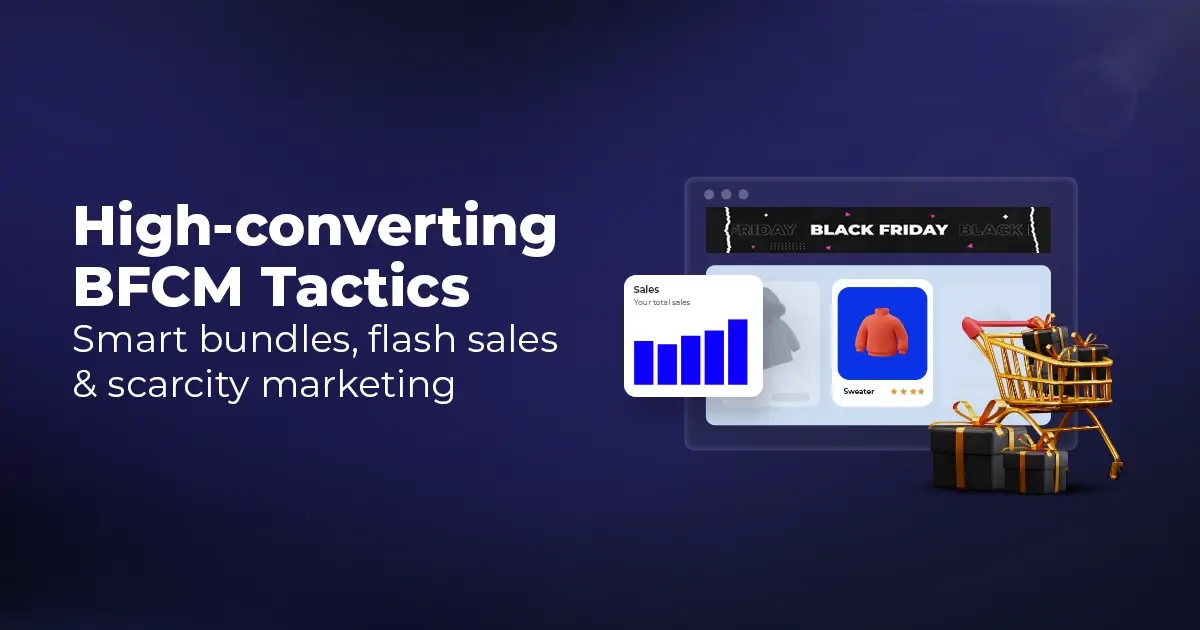
Reading Time: 13 minutesStill approaching BFCM with generic discounts, last-minute price cuts, or scattered promotions?…

Reading Time: 3 minutesTikTok Shop reached a major milestone during its largest U.S. “Global Black…

Reading Time: 3 minutesOpenAI has announced a new AI-powered shopping research tool designed to help…
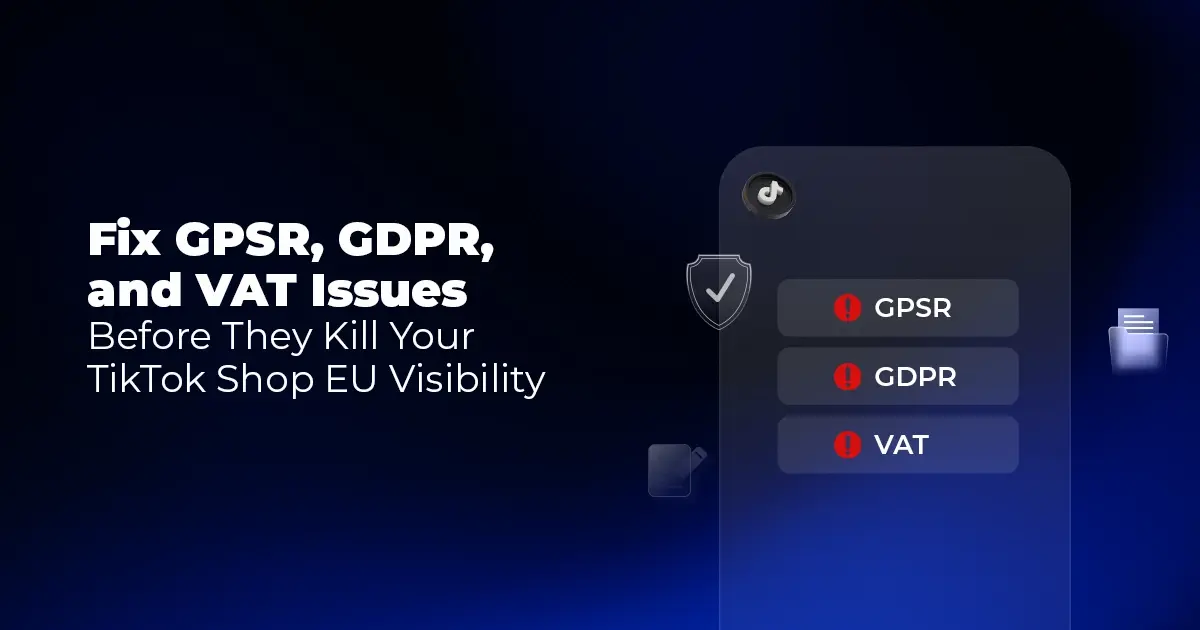
Reading Time: 9 minutesIf your TikTok Shop listings often sit in review or your visibility…
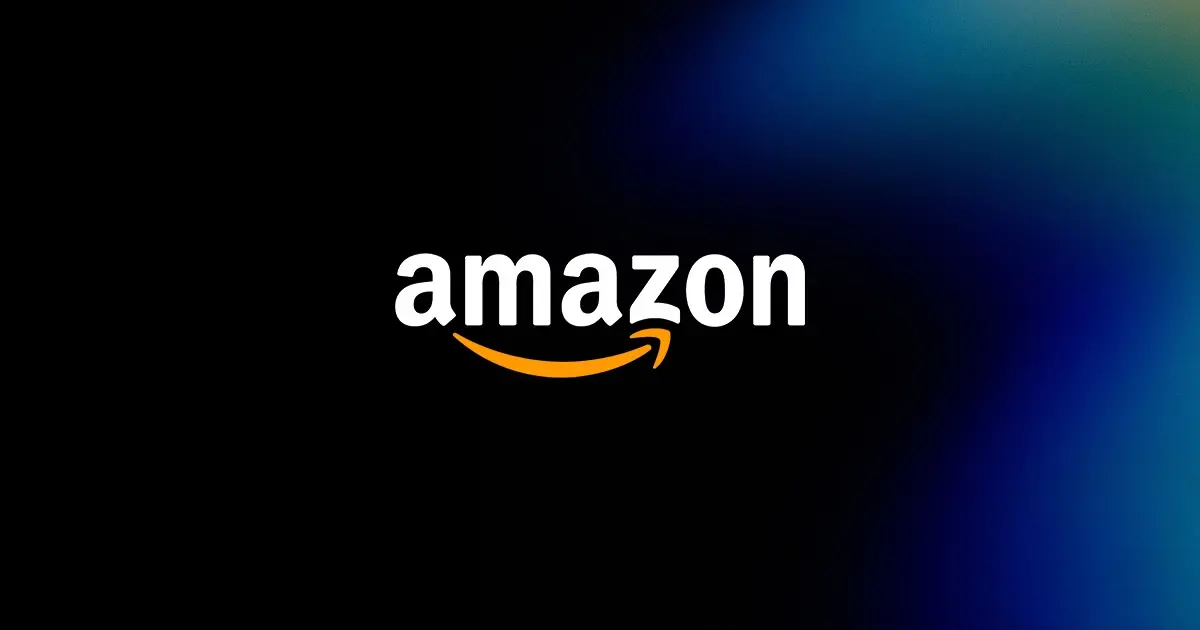
Reading Time: 3 minutesAmazon has rolled out a new “Seller Challenge” feature for eligible Account…
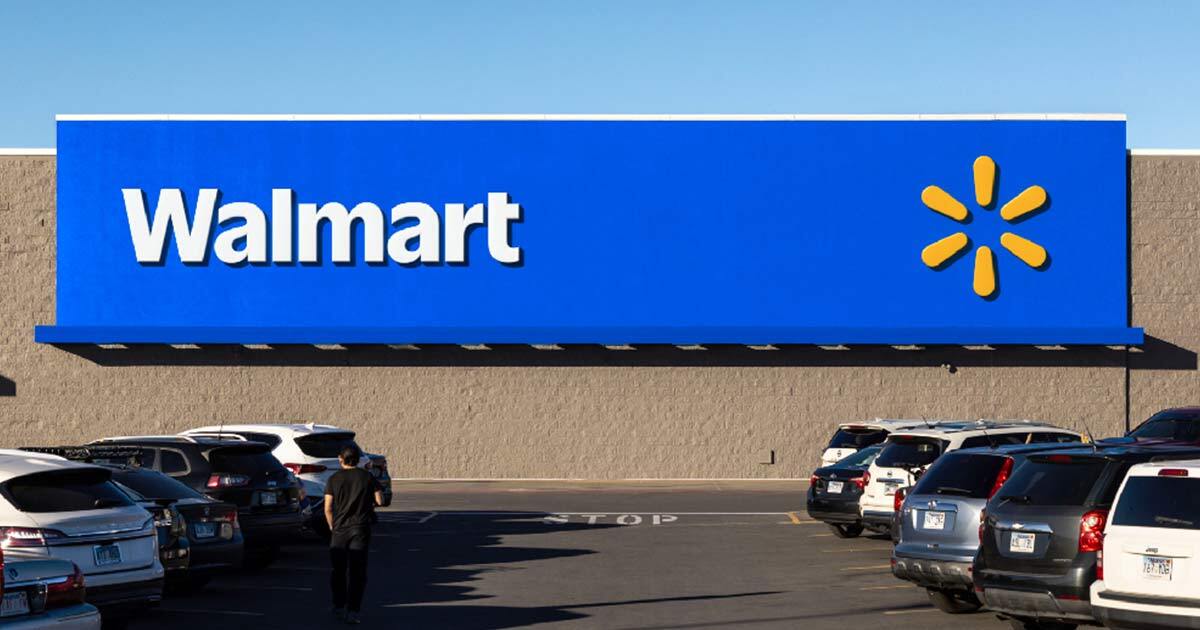
Reading Time: 3 minutesWalmart Marketplace has sharpened its requirements around product classification (category, type group,…

Reading Time: 3 minutesJust ahead of Black Friday, Amazon is enforcing tighter controls on its…

Reading Time: 11 minutesWhere holiday prep of past years focused on legacy channels like Amazon,…

Reading Time: 11 minutesThe eCommerce shift you actually need to act on Multi-channel fulfillment has…
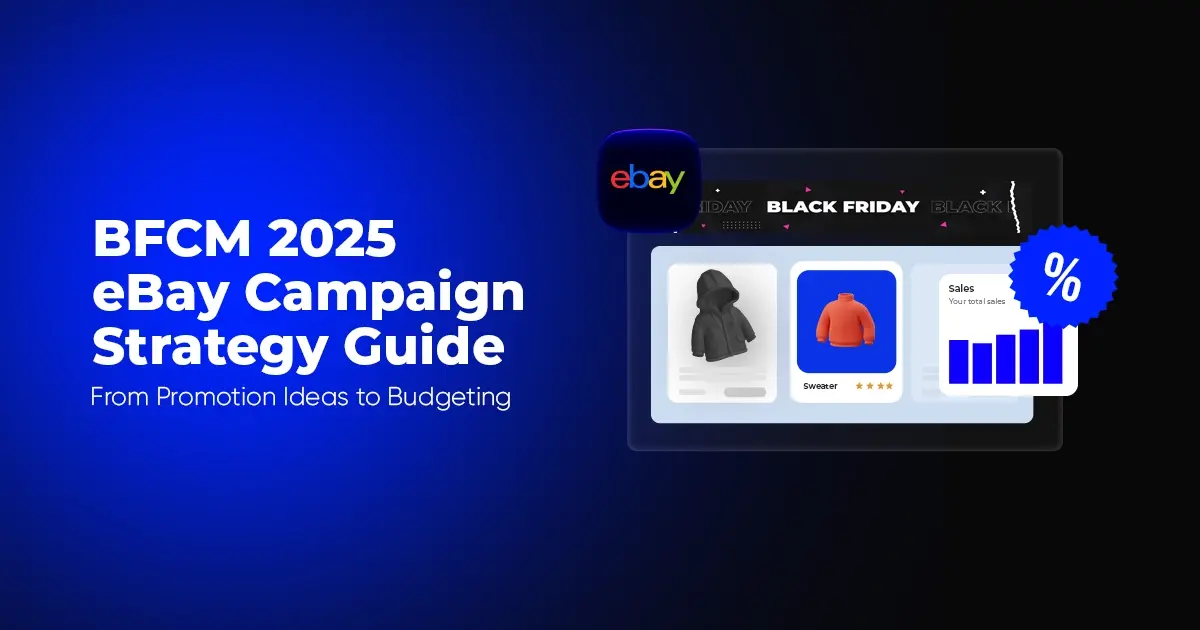
Reading Time: 10 minutesBlack Friday Cyber Monday (BFCM) isn’t a weekend anymore; it’s a two-month…
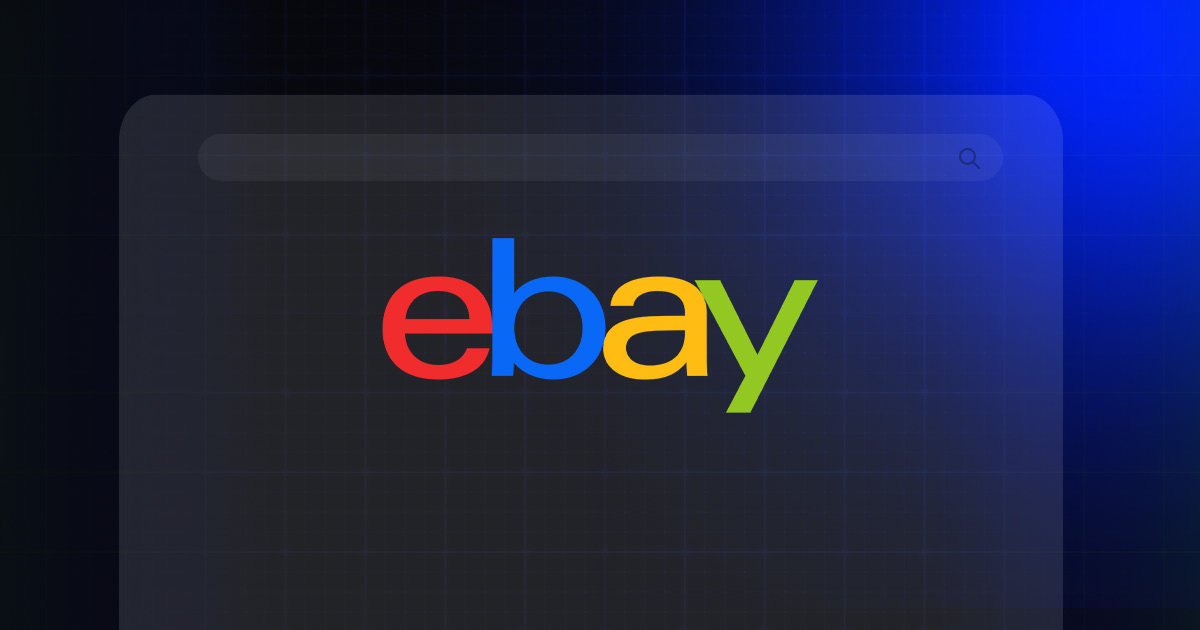
Reading Time: 2 minuteseBay is quietly testing a new feature that could reshape how buyers…

Reading Time: 2 minutesAmazon is stepping into a new era of value commerce with the…
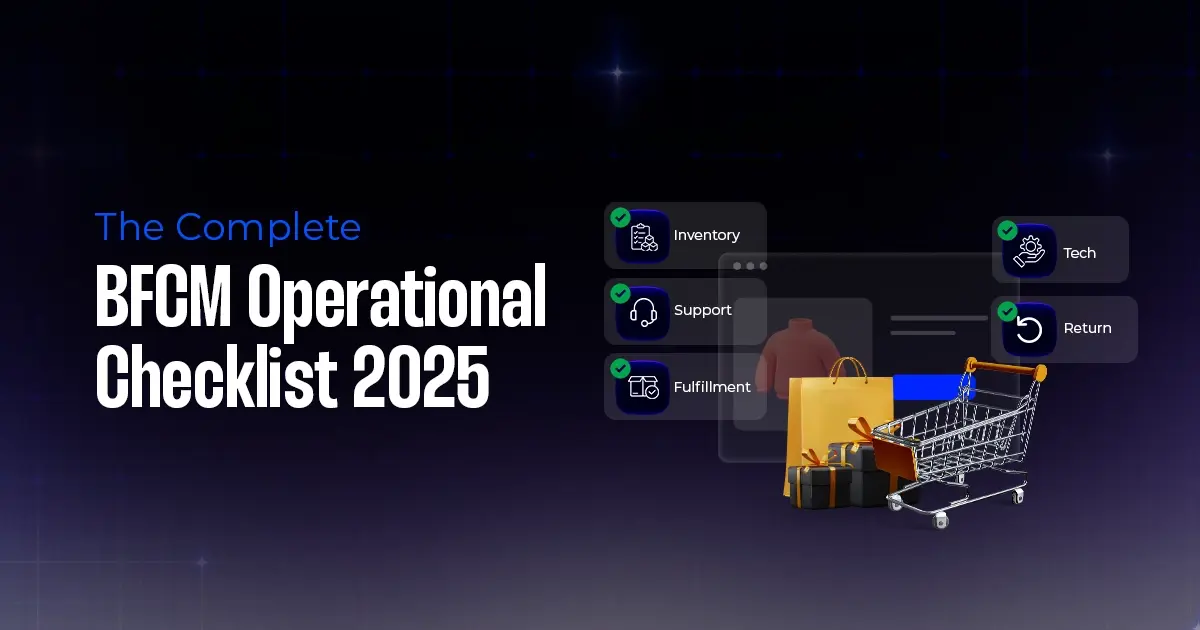
Reading Time: 11 minutesThe $240 Billion BFCM Opportunity & Why Operations Matter Every seller, business,…
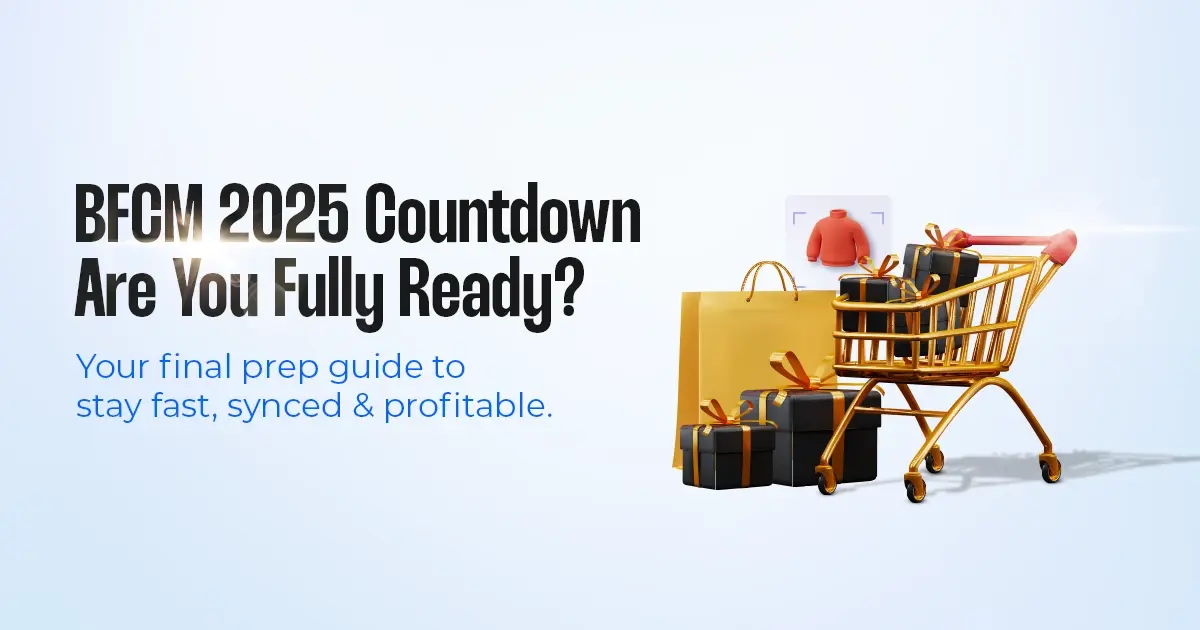
Reading Time: 7 minutesTL;DR — Your 60-Second BFCM Battle Plan Time remaining: 3 weeks until…
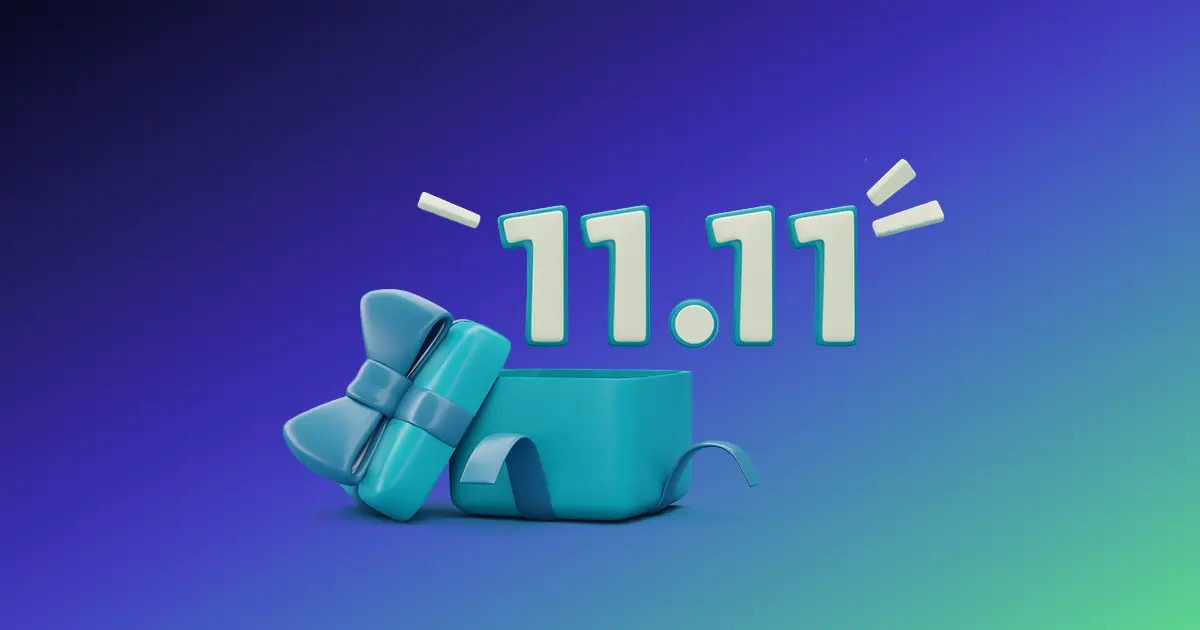
Reading Time: 2 minutesChina’s Double 11 shopping festival — the world’s largest annual online retail…

Reading Time: 2 minutesAs the holiday season approaches, TikTok Shop has released its September 2025…

Reading Time: 3 minutesIn a continued effort to enable sellers and stimulate new product launches…
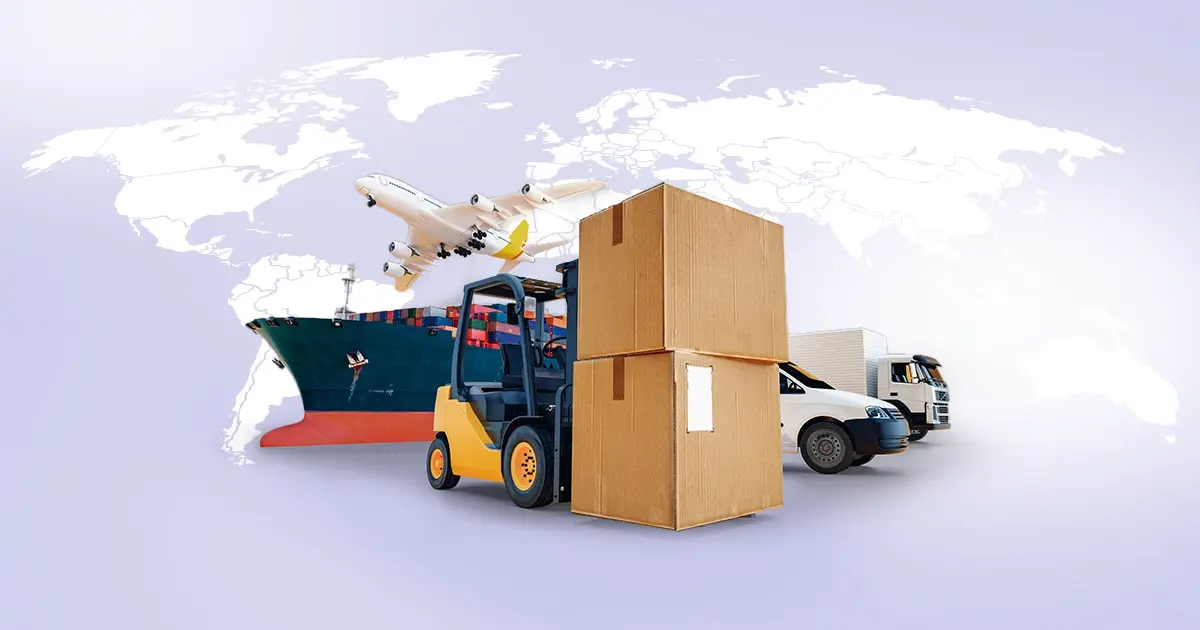
Reading Time: 2 minutesAs global trade enters a new phase of regulation and cost restructuring,…

Reading Time: 2 minutesOpenAI Turns to Amazon Web Services in $38 Billion Cloud Deal: What…

Reading Time: 4 minutesAbout the Client TMRG is a global health and wellness brand with…